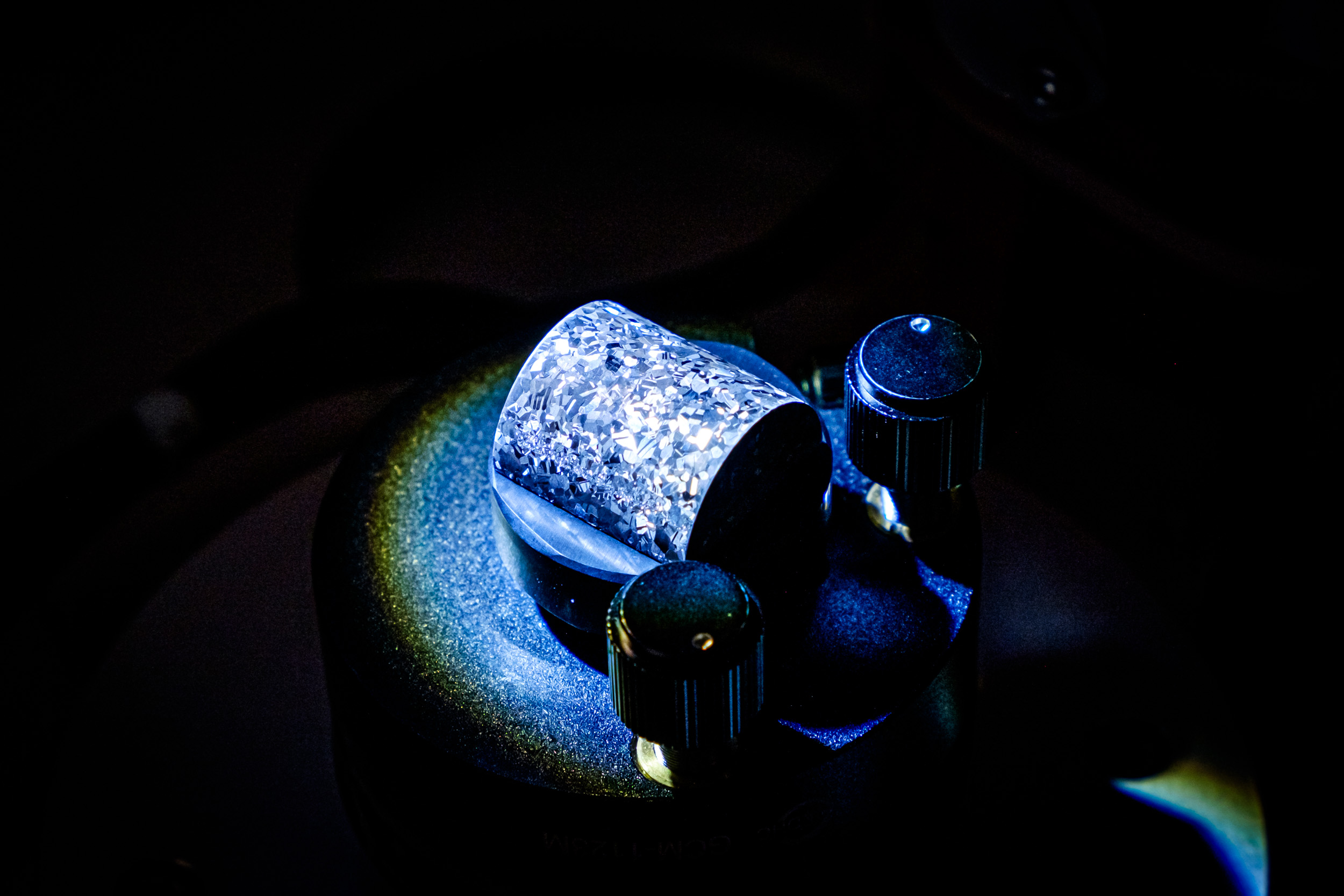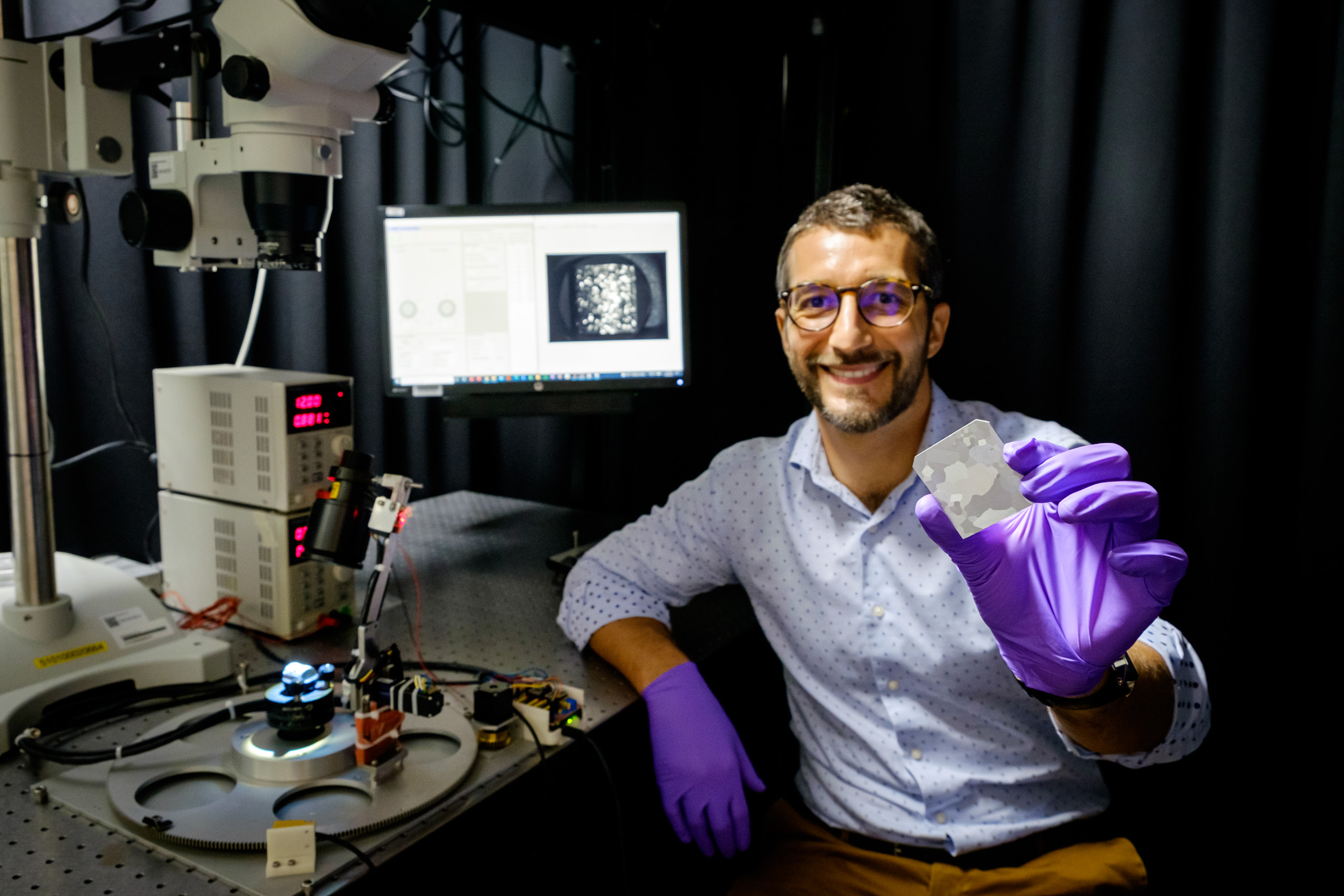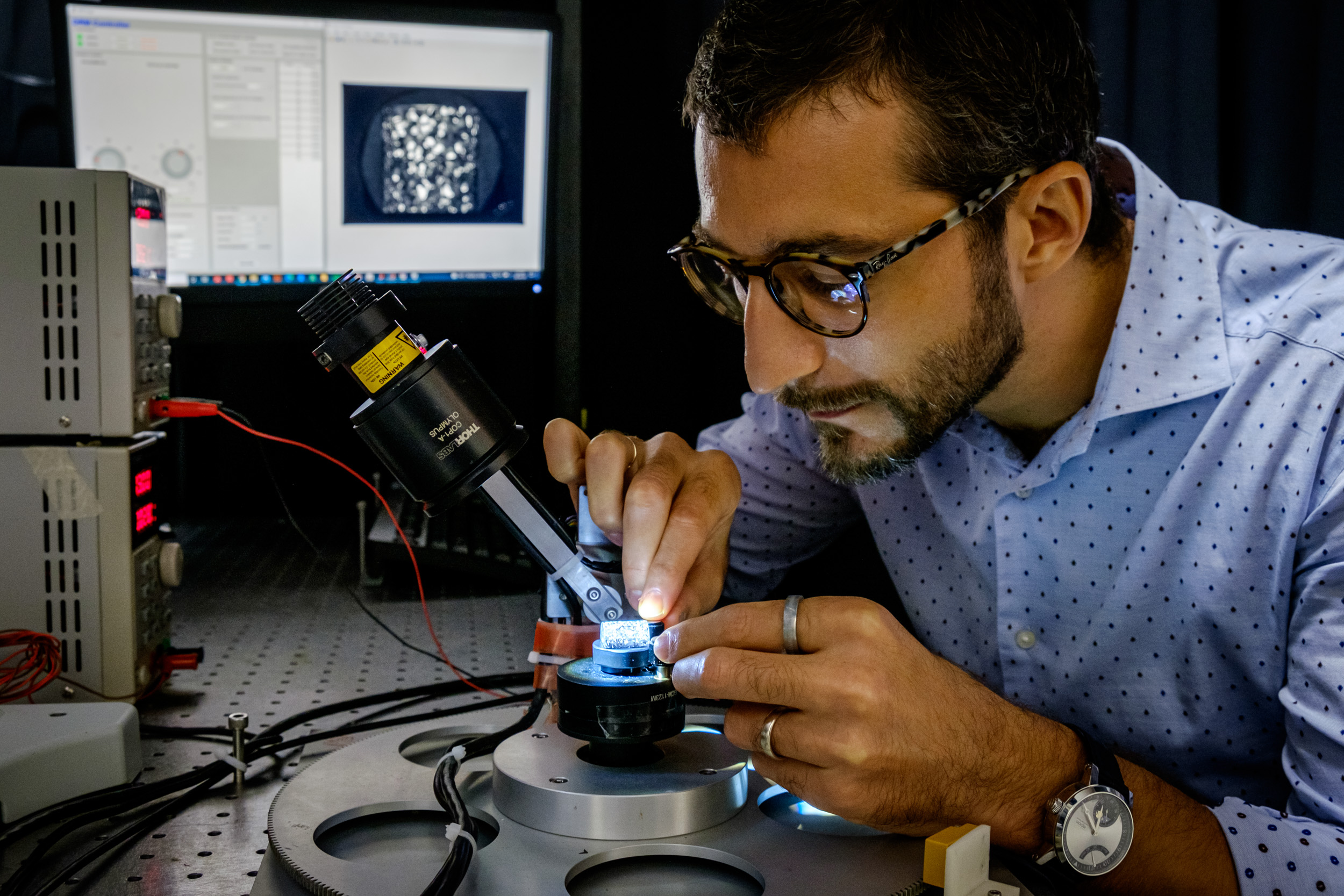Researchers from Nanyang Technological University Singapore (NTU Singapore) have developed a novel rapid and low-cost imaging method to assess the quality of 3D printed metal parts.
Capable of analyzing the microstructure and material quality of the parts, the imaging method could prove a gamechanger for industries such as aerospace where low-cost, rapid assessment of mission-critical parts like turbines and fan blades could prove significant for maintenance, repair and overhaul (MRO).
“Using our inexpensive and fast-imaging method, we can easily tell good 3D printed metal parts from the faulty ones,” said NTU Assistant Professor Matteo Seita. “Currently, it is impossible to tell the difference unless we assess the material’s microstructure in detail. No two 3D printed metal parts are created equal, even though they may have been produced using the same technique and have the same geometry.
“Conceptually, this is akin to how two otherwise identical wooden artifacts may each possess a different grain structure.”

Imaging microscopic crystals
Most 3D printed metal alloys consist of a multitude of microscopic crystals which differ in shape, size, and atomic lattice orientation. Scientists are able to work out an alloy’s properties, such as its strength and toughness, by mapping out these microscopic crystals. The researchers compare this to looking at wood grain, where wood is strongest when the grain is continuous in the same direction.
However, until now analyzing this microstructure within 3D printed metal alloys has been a laborious and time-consuming process, usually involving scanning with electron microscopes, which can cost anywhere between $73,000 to $1.5 million.
Seita and his team developed their novel imaging method to provide the same quality of information in only a matter of minutes, and at a much lower price point. They used a system made up of an optical camera, a flashlight, and a notebook computer that runs a proprietary machine-learning software developed by the team, which in total cost around $18,400.
The method involves treating the 3D printed parts’ surface with chemicals to reveal its microstructure before the camera is used to take multiple optical images as the flashlight illuminates the metal from different directions. The scientists’ proprietary software then analyzes the patterns produced by the light reflected off the part’s surface and deduces their orientation within 15 minutes.

Improving 3D printed part quality assessment
The NTU researchers believe their imaging method could simplify the certification and quality assessment of 3D printed metal alloy parts, particularly those produced via laser-based techniques.
The microstructure of 3D printed metal can vary due to laser intensity and speed, cooling times, and the type and brand of metal powders used, which means the same design 3D printed y two different machines or production houses could result in parts of varying quality.
The NTU team’s software uses a neural network that mimics how the brain forms association and processes thought combined with machine learning to predict the orientation of crystal within the metal parts, based on differences in how light scatters off the surface.
The software successfully created a complete “crystal orientation map” capable of providing information about the crystal shape, size, and atomic lattice orientation within a 3D printed part.
According to the NTU team, the method could benefit mission-critical parts and industries in particular with rapid, relatively low-cost quality assessment. The team is in discussion with NTUitive, NTU’s innovation and enterprise company, to explore the possibility of starting a spin-off firm or to license the patented imaging software to industry players.
Further information on the study can be found in the paper titled: “A machine learning approach to map crystal orientation by optical microscopy,” published in the NPJ Computation Materials journal. The study is co-authored by M. Wittwer and M. Seita.

Advances in metal part QA
According to the World Economic Forum, simplifying the qualification process for 3D printing will be key to its industrialization. TÜV SÜD’s Gregor Reischle and Christophe Blanc recently echoed this point, stating quality assurance could provide a quicker route to serial additive manufacturing.
In the past, machine learning has been deployed to detect defects in 3D printed parts and improve the quality of individual metal layers by reducing ‘spatter’ during the metal 3D printing process. X-ray imaging has previously been used to mitigate defects in metal 3D printed parts, while individual powders are continually modified to improve the quality and surface finish of metal end parts.
There have also been more recent developments in this area, with Pennsylvania State University receiving a grant worth $180,000 from science-based technology firm 3M to explore quality control methods for metal 3D printing, and Lawrence Livermore National Laboratory engineers developing a way of optimizing the properties of parts produced via Liquid Metal Jet (LMJ) 3D printing.
Subscribe to the 3D Printing Industry newsletter for the latest news in additive manufacturing. You can also stay connected by following us on Twitter and liking us on Facebook.
Looking for a career in additive manufacturing? Visit 3D Printing Jobs for a selection of roles in the industry.
Subscribe to our YouTube channel for the latest 3D printing video shorts, reviews and webinar replays.
Featured image shows analysing the unique crystals patterns on the surface of a 3D-printed metal may pave the way for the certification and quality assessment of parts made through additive manufacturing. Photo via NTU Singapore.


